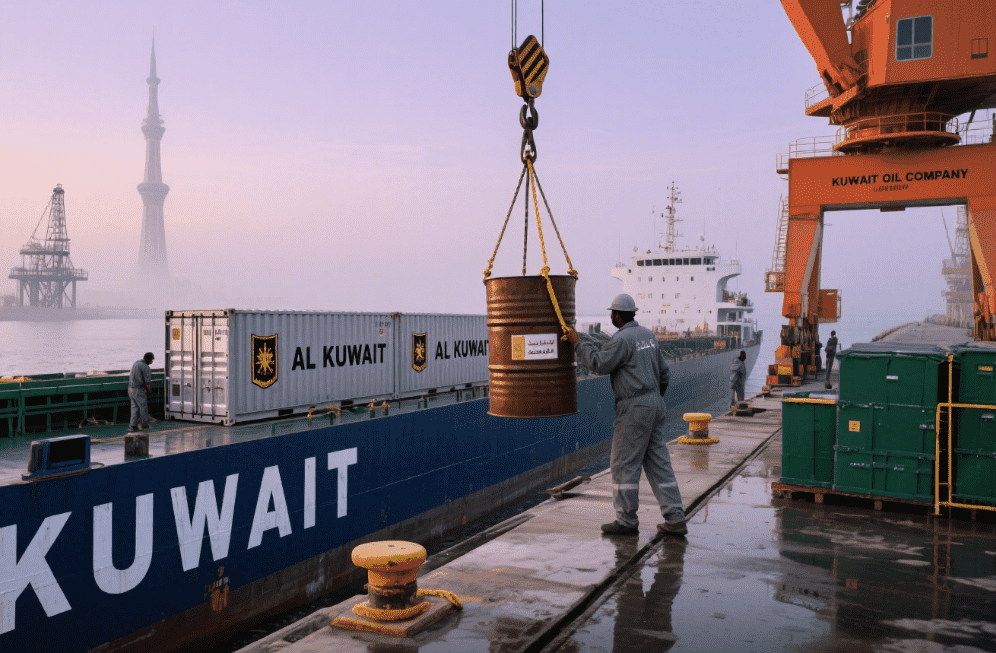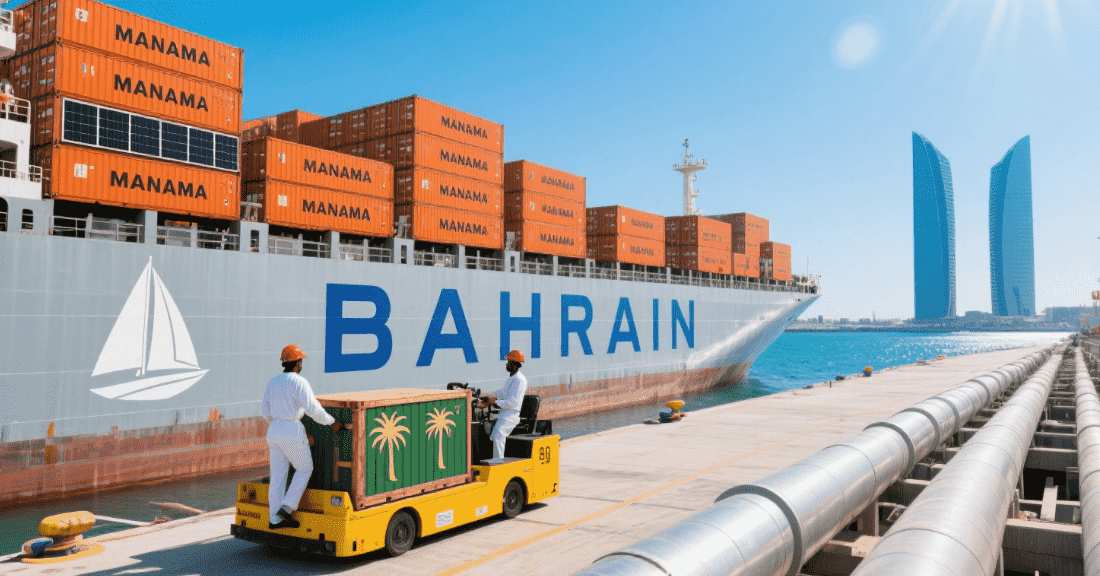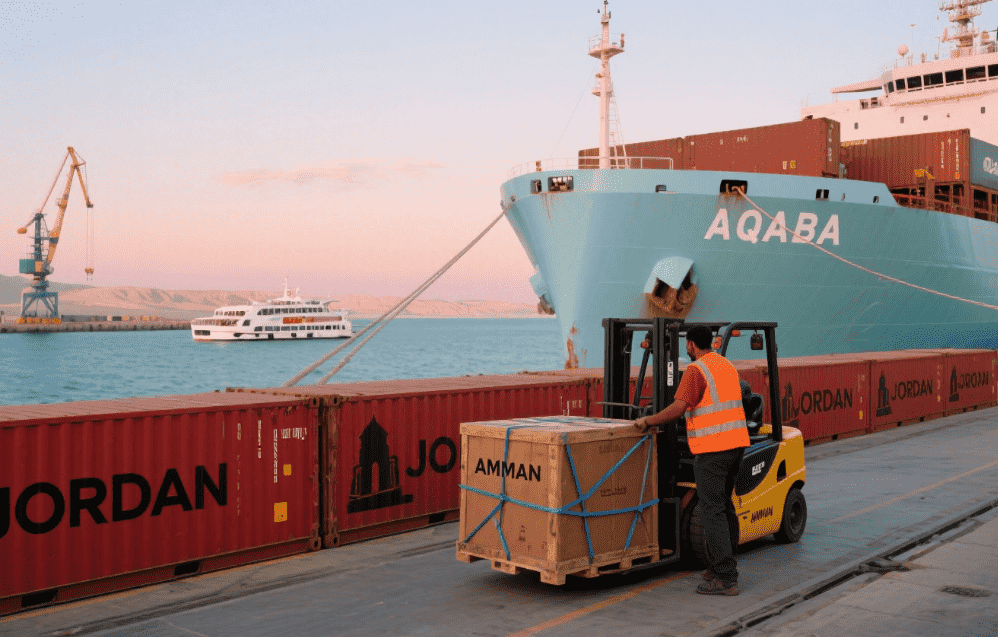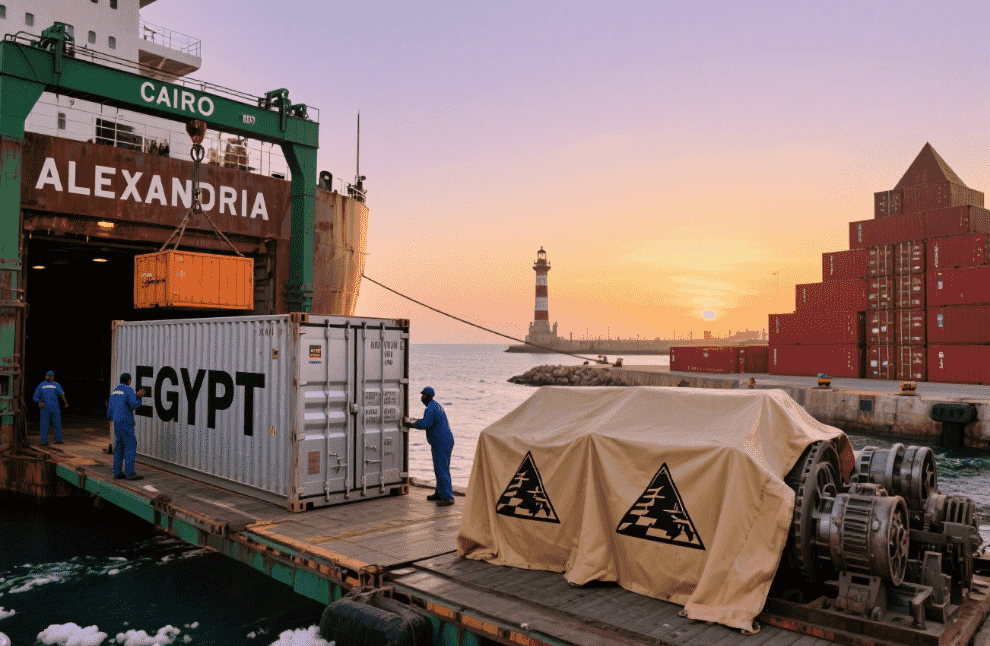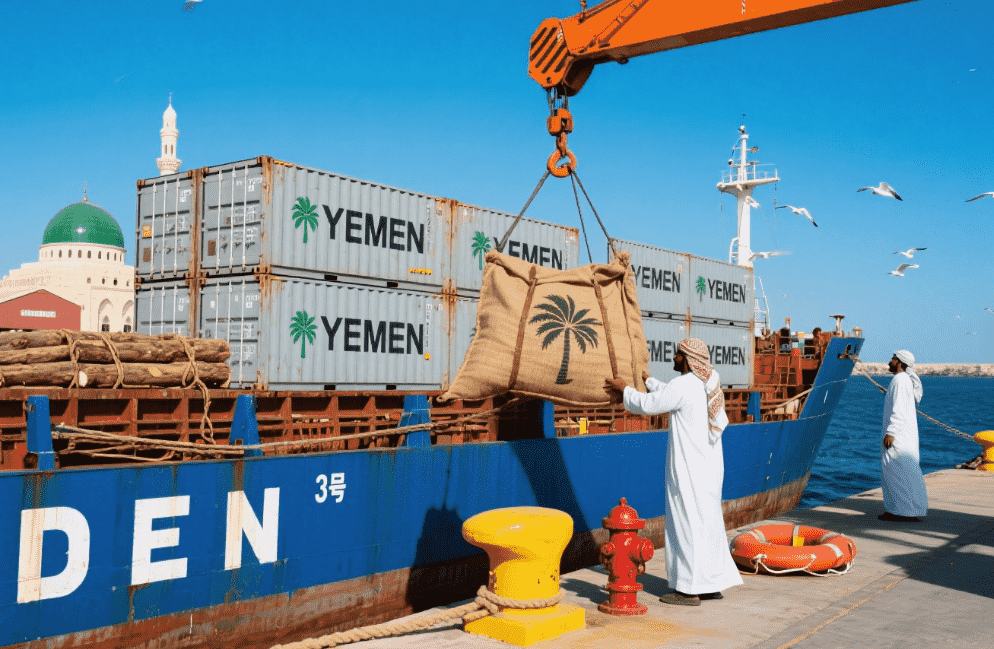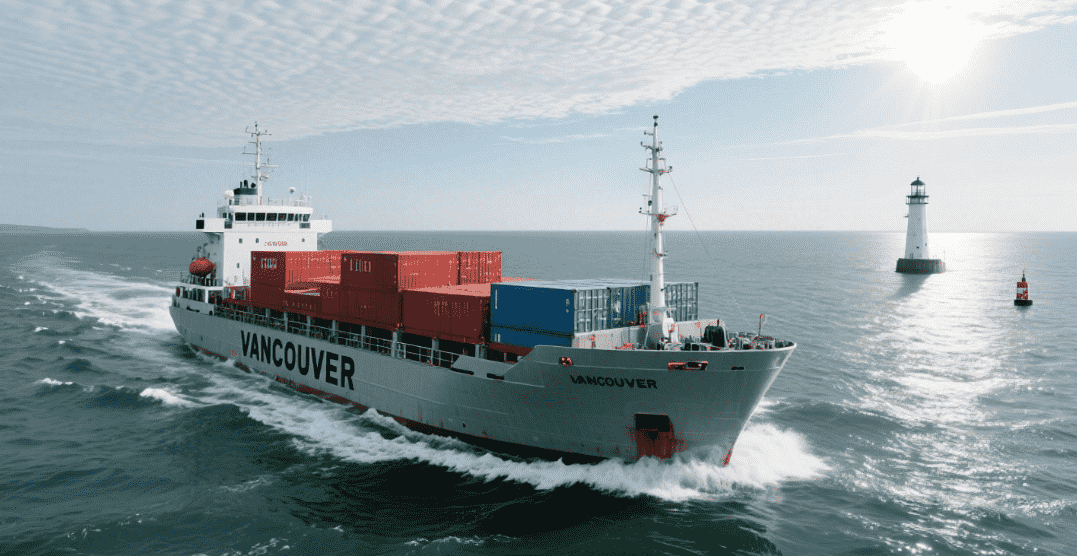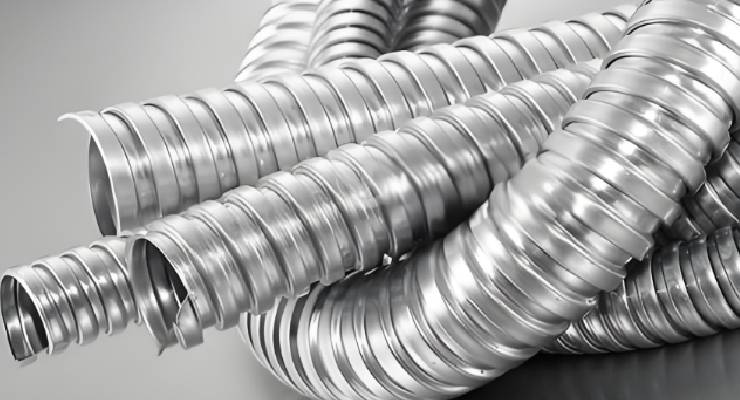
Read our comprehensive guide to the complex process of transporting electrical and plumbing equipment. From ensuring safe packaging to guiding international shipping, we will provide you with expert insights and strategies for successful delivery. Whether you are a business or an individual, this guide will give you the knowledge to streamline your shipping operations and ensure your equipment reaches its destination in the best possible condition. Let's dive into effective shipping practices for these essentials.Winsail is your trusted freight forwarding expert and the best choice for you.
Common challenges in transporting electrical and plumbing equipment
Transporting electrical and plumbing equipment presents unique challenges that require attention and specialized treatment. Here are some common challenges:
Fragile parts: Electrical and plumbing equipment often contains fragile parts that require careful handling. Vibrations, drops, and even minor bumps can cause damage beyond repair.
Weight and size: Many electrical and plumbing items are heavy and bulky, and are prone to improper handling or damage due to their large size.
Sensitivity to environmental factors: Temperature, humidity, and exposure to humidity can adversely affect some equipment. Without proper protection, these factors can lead to equipment failure or corrosion.
Complex components: Some devices contain complex components that must be kept intact during transportation. Displacement or misalignment may result in failure and require expert intervention for repair.
Transportation time: The longer the transportation time, the greater the probability of an accident during transportation. This is especially worrisome when shipping internationally or over long distances.
Stacking and storage: Improper stacking or storage of packaging during transportation may result in damage to precision equipment by squeezing or impact.
Addressing these challenges requires a combination of appropriate packaging materials, cushioning materials, and labeling, as well as working with reliable transport carriers who understand the sensitivities of such cargo.
Prepare transport equipment
Transportation electrical and plumbing equipment needs to be carefully prepared to ensure transportation safety. Properly preparing equipment involves several key steps, including cleaning and disassembly, removal of hazardous materials (if applicable), and selection of appropriate packaging materials. Let's delve into each aspect:
Cleaning and disassembly:
It is essential to clean and disassemble electrical and plumbing equipment as much as possible before transporting it. Cleaning equipment has a variety of purposes:
a. Dust and debris removal: Cleaning helps to remove dust, dirt and debris that may accumulate on the device during use or storage. This prevents potential damage during transport and ensures that the equipment remains intact.
b. Corrosion protection: For pipeline equipment or components exposed to moisture, cleaning helps prevent corrosion and extend its service life.
c. Improved aesthetics: Properly cleaned equipment will leave a positive impression on the recipient, especially if the item is intended for sale or public display.
There are also benefits to disassembling the device if possible:
a. Reduce the risk of damage: Some parts may be fragile and easily damaged during transportation. Disassembling parts and safely packing each part minimizes the risk of breakage.
b. Space optimization: Smaller components can be packed more efficiently, which optimizes space and potentially reduces shipping costs.
Removal of hazardous materials (if applicable) :
Certain electrical and plumbing equipment may contain hazardous materials or substances that require careful handling and disposal. If you are transporting items that fall under the Hazardous Materials regulations, it is critical that you follow appropriate guidelines and safety procedures. These materials may include batteries, certain chemicals, or refrigerants in appliances such as air conditioners or refrigerators.
Before shipment, ensure compliance with local and international dangerous goods handling, labelling and documentation regulations. If you are unsure whether dangerous goods are present in your equipment, consult the manufacturer or a professional to properly identify and dispose of them.
Choose the right packaging material:
Choosing the right packaging materials is essential for the safe transportation of electrical and plumbing equipment. Here are some considerations:
A. Sturdy case or container: Use a sturdy case or container that can withstand the weight and size of the equipment. Reinforced cardboard or wooden boxes are usually used for heavier or larger items.
b. Protective padding and cushioning materials: Appropriate cushioning materials (such as foam, bubble wrap or foam foam) are used to protect the equipment from shock, vibration and impact during transportation.
c. Firmly fixed: Ensure that the equipment is firmly fixed in the package to prevent movement or displacement during transportation.
d. Custom packaging: For irregularly shaped equipment, consider custom packaging to provide a tight and secure fit.
e. Hazard labels (if applicable) : If transporting dangerous goods, please affix the necessary hazard labels and markings to the package as required.
f. Weatherproof: If the device is sensitive to moisture or weather conditions, use weatherproof packaging or a moisture barrier to protect it from inclement weather.
Cleaning and disassembling equipment, removing hazardous materials (if applicable), and carefully selecting the right packaging materials significantly increase the odds of a successful and damage free shipping experience. Taking these preparatory steps not only protects the equipment, but also ensures customer satisfaction, protects your brand reputation, and avoids potential losses due to damaged goods.

Choose the right mode of transportation
When transporting electrical and plumbing equipment, choosing the right mode of transport is essential to ensure timely delivery, cost effectiveness and the safe transportation of items. There are several modes of transport to choose from, each with its own advantages and considerations. Here are the key factors to consider when choosing the right mode of transport:
Freight and parcel transportation
Shipping:
Suitable for large, heavy equipment or bulk cargo.
Usually used for commercial or industrial purposes.
Affordable pricing for heavy or oversized cargo.
Freight carriers may provide additional services, such as lift-gate deliveries or internal deliveries.
Transport times for ground freight can be longer, especially over long distances.
Parcel delivery:
Suitable for smaller, lighter items or packages.
Convenient for personal or small scale transportation.
Faster shipping times, especially for Courier services.
Door-to-door delivery services with tracking capabilities are usually available.
For heavy or large items, package shipping costs are usually higher.
The choice of freight and parcel transportation depends on the size, weight and volume of electrical and plumbing equipment, as well as the urgency of transportation.
Domestic and international transport considerations
Domestic Transportation
The transportation process within the same country is relatively simple.
There are usually shorter transit times and fewer customs-related delays.
Pricing may vary depending on distance and transportation provider.
International Transportation
Involves complex customs procedures, documents and regulations.
Shipping times are longer due to customs clearance and potential distances.
Additional costs such as import duties, taxes and brokerage fees may be incurred.
International transport requires accurate documentation and compliance with destination country regulations.
Before choosing international shipping, it is important to research and understand the customs regulations, duties and taxes of the destination country to avoid unexpected delays and fees.
Expedited shipping options
Provides faster delivery times compared to standard modes of transport.
Ideal for emergency shipments or time-sensitive equipment.
Applicable for freight and parcel shipments at an additional cost.
Express or overnight options may be available for domestic and international shipping.
Expedited shipping can be expensive, so the urgency of shipping must be weighed against the added expense.
Expedited shipping is useful when meeting tight deadlines is critical, such as getting necessary equipment to customers or completing urgent projects.
In conclusion, choosing the right mode of transport for electrical and plumbing equipment requires an assessment of many factors, such as the size and weight of the item, the distance to be transported, the degree of urgency, and whether it is to be transported domestically or internationally. Freight is suitable for large or heavy equipment, while parcel shipping is suitable for smaller items. For international shipments, consider the complexity of customs procedures and associated costs. Expedited shipping offers faster delivery at an additional cost. By carefully considering these factors, you can make informed decisions to ensure efficient and cost effective transportation of your equipment.
Transport insurance and liability
Transporting electrical and plumbing equipment involves inherent risks, and unforeseen accidents or unfortunate events can result in damage or loss during transportation. Transportation insurance provides valuable protection against such incidents, and knowing its scope is crucial for shippers and consents. In addition, understanding how to effectively deal with damage or loss is crucial to ensuring a smooth resolution of the problem. Let's explore these two aspects in detail:
Understand transportation insurance coverage
Transportation insurance
Transportation insurance is an insurance policy that provides financial protection against damage, loss or theft that may occur during transportation.
It provides security for the declared value of the shipment, which is usually determined by the sender based on the actual value of the item.
The cost of transportation insurance usually depends on the value of the equipment and the level of coverage required.
Types of transport insurance
Full coverage: In the event of complete loss or damage beyond repair during transit, compensation will be provided for the full declared value of the equipment.
Limited insurance: provides partial compensation up to a predetermined amount in the event of damage or loss.
Carrier Liability: Carriers may provide limited liability insurance in their standard carriage services. However, such insurance is usually limited and may not fully compensate for the actual value of the equipment.
Before choosing an insurance policy, be sure to read and understand the terms and conditions of your transport insurance policy, including any exclusions or limitations.
Deal with damage or loss
Despite precautions and insurance, damage or loss can occur during transportation. Here's how to effectively handle such situations:
Arrival inspection: Upon receipt of the goods, immediately inspect the equipment for any obvious signs of damage or tampering. Record any damage on the delivery receipt or waybill and take photographs as evidence as possible.
Contact Carrier: If you find damage or loss, report the problem to the carrier or shipping company immediately. Provide them with necessary documents and evidence, such as photos and packing lists.
File a claim: Initiate a cargo claim process with the carrier or carrier's customer service department. Fill out all required claim forms and provide all supporting documents to expedite your claim.
Keep records: Keep copies of all documents related to the shipment, including bills of lading, packing lists, invoices and transportation insurance policies.
Cooperate with the investigation: In some cases, the carrier or insurance company may investigate the extent of damage or loss. Cooperate fully in this process to expedite claim resolution.
Follow up: Maintain communication with the carrier or insurance provider throughout the claim process to ensure timely resolution of issues.
Transport insurance gives you peace of mind and provides financial protection against accidents during transport. By dealing with damage or loss in a timely manner and following proper claim procedures, you can work towards a satisfactory solution and recover the value of the equipment or its replacement.
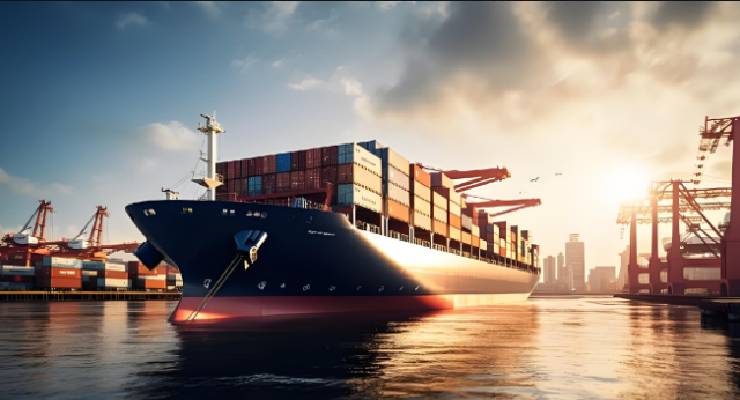
International transport precautions
Transporting electrical and plumbing equipment internationally involves dealing with a variety of complex issues and complying with country-specific regulations. Understanding key considerations such as customs regulations and restrictions, duties and taxes, and dealing with language barriers is critical to ensuring smooth and successful international shipping. Let's explore each aspect in detail:
Customs regulations and restrictions
Customs regulations vary from country to country and it is important to research and understand the specific requirements of the destination country before shipping. Some important considerations include:
Prohibited and Restricted Items: Different countries have lists of prohibited and restricted items that cannot be imported or require special permission. Ensure that the electrical and plumbing equipment shipped complies with the regulations of the destination country.
Documents required: Prepare all necessary shipping documents, including commercial invoices, packing lists, bills of lading, and any other certificates or permits required by customs.
Harmonized System (HS) codes: Equipment is assigned the correct HS code for customs classification and to determine applicable duties and taxes.
Declared value: Accurately declare the value of the goods, as duties and taxes are usually based on the declared value.
Prepare for inspection: Please note that the goods may be inspected by customs authorities and the equipment should be properly packed to facilitate inspection and not cause damage.
Duties and taxes
Import duties and taxes are levied by the customs authorities of the country of destination on goods entering its territory. Consider the following:
Import duties: These are duties or taxes imposed on imported goods that vary according to the HS code, country of origin, and declared value of the equipment.
Value Added Tax (VAT) or Goods and Services Tax (GST) : Some countries impose a consumption tax on imported goods, called VAT or GST. The tax is calculated as a percentage of the total value, including import duties.
Customs Declaration: Working with a customs broker can help resolve complex customs and tax issues, ensure compliance with regulations and avoid potential delays or penalties.
Prepayment of duties and taxes: Consider prepayment of duties and taxes to speed up the clearance process and avoid additional costs at the time of delivery.
Address language barriers
Language barriers can pose challenges for international transport. Here are some strategies to overcome these obstacles:
Bilingual shipping documents: Prepare shipping documents in English and the language of the destination country to facilitate customs clearance.
Communication with the Carrier: Ensure that the carrier has multilingual customer service representatives to assist with language related issues.
Working with international freight forwarders: International freight forwarders are experienced in handling cross-border shipments and can act as intermediaries to process communications and documents in the language of the destination country.
Translation and interpretation: If needed, consider hiring a professional translator or interpreter to assist with communication during transportation.
By carefully considering customs regulations and restrictions, understanding duties and taxes, and proactively addressing language barriers, you can improve the efficiency of international shipments of electrical and plumbing equipment. Taking these factors into account helps minimize potential delays, avoid compliance issues, and ensure successful delivery to international destinations.
Choose a reliable transportation company
Choosing a trusted transportation company is critical to transporting electrical and plumbing equipment safely and efficiently. Among the many options, research, comparison and evaluation services are key. Reviews provide reliable insights. Here are the key steps:
Research and comparison
Services: Confirm delivery to your destination. Some specialize in local services, while others offer global services.
Shipping options: Evaluation standard, expedited, air or sea options. Meet your needs.
Tracking: Ensure real-time tracking of you and your customers.
Insurance: Ask about insurance coverage for peace of mind.
Packaging: Some assistance with safe packaging.
Support: Check the response capability of the query.
Pricing: Compare rates and fees.
Reviews and recommendations
Online feedback: Learn from customer reviews.
Recommendation: Seek direct customer experience.
Reputation: Research industry standing.
Problem solving: Find out how they solve problems.
Tip: Get word-of-mouth recommendations.
Reliable transportation requires careful study. Compare, review and consider services and reputation for smooth use of your equipment.
Experience the convenience and peace of mind of working with a leading freight forwarder. Visit our website today to learn more about our services and start using DFreight today. Shipping with just one click!
Improve your shipping quality with Winsail : Experience efficiency and reliability!
In short, mastering the transportation skills of electrical and plumbing equipment is essential for a seamless and successful supply chain. From packaging to documentation, tracking to troubleshooting, this guide gives you a comprehensive toolkit to navigate the complexities of shipping. By implementing these best practices and policies, you can ensure that your device reaches its intended destination safely, efficiently, and carefully. Keep in mind that well-executed shipping processes can protect your products and improve your reputation and customer satisfaction. Take these insights and embark on a worry-free shipping journey to ship your valuable equipment.


